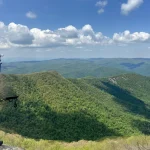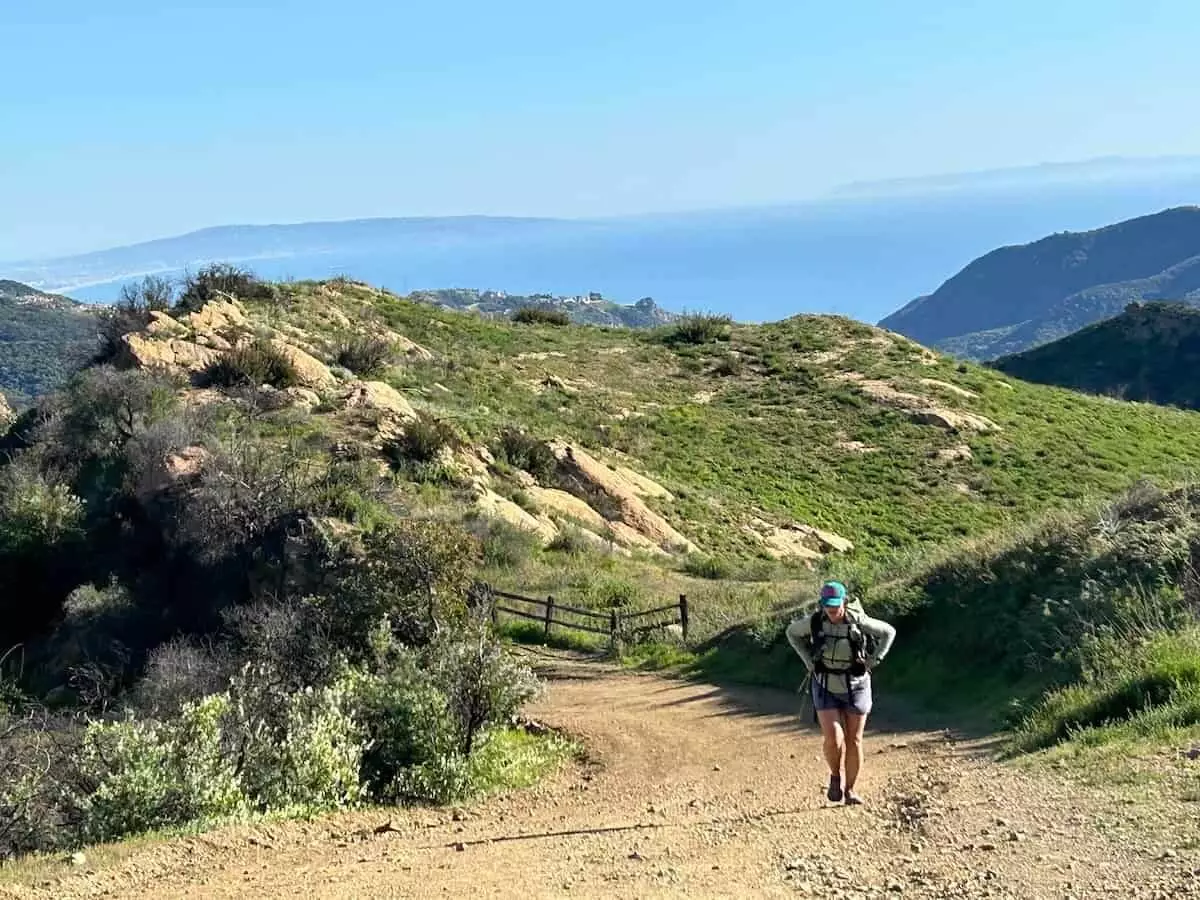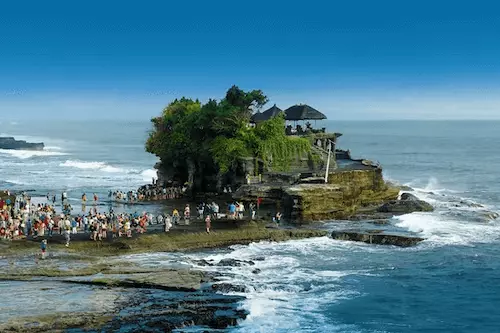Discover the Sacred Journey of the Kumano Kodo Trail
The Kumano Kodo Trail in Japan is not just a hike—it’s a journey through ancient history, cultural heritage, and personal reflection. Nestled in the lush mountains of the Kii Peninsula, this network of pilgrimage routes has drawn emperors, monks, and spiritual seekers for over a millennium. Today, modern adventurers come to experience the same peaceful paths, staying in traditional inns, savoring regional cuisine, and embracing the spiritual serenity that defines this UNESCO World Heritage site.
Let’s walk you through what makes the Kumano Kodo Trail one of the most rewarding long-distance treks in the world.
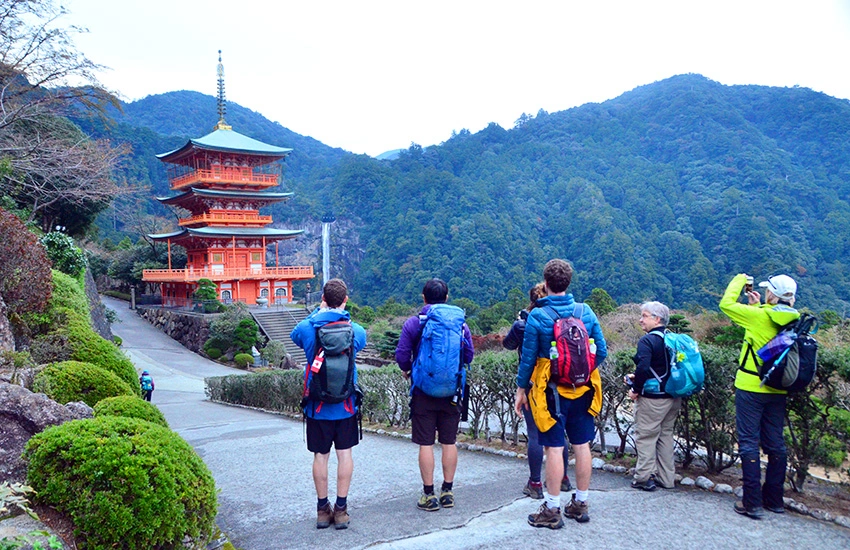
Content
What is the Kumano Kodo Trail?
The Kumano Kodo Trail is a revered network of ancient pilgrimage routes that connects the Kumano Sanzan—three grand shrines: Kumano Hongu Taisha, Kumano Hayatama Taisha, and Kumano Nachi Taisha. These sacred sites are nestled deep within Japan’s Kii Mountains, symbolizing a journey not only through physical terrain but also through spiritual transformation.
Pilgrims began walking these trails over 1,000 years ago, believing that making the arduous journey to these shrines brought purification and spiritual rebirth. The trails wind through dense cedar forests, along mossy stone paths, past waterfalls, and through tranquil villages untouched by modern noise.
A Trek Through Culture and Nature
One of the most popular routes of the Kumano Kodo is the Nakahechi Route, traditionally used by imperial families. Starting in the small town of Tanabe, the path climbs steep mountain passes and weaves through rural hamlets, eventually reaching the sacred shrines.
What makes the Kumano Kodo so unique isn’t just its natural beauty, but its seamless fusion with Japanese culture. Along the way, you’ll encounter oji shrines, Jizo statues, tea houses, and historical markers that reflect the trail’s significance. Each step taken is a brushstroke in a larger painting of heritage and belief.
The UNESCO Connection
Many adventurers don’t realize that the Kumano Kodo Trail shares a rare honor: it is one of only two pilgrimage routes in the world designated as a UNESCO World Heritage Site, the other being Spain’s El Camino de Santiago. Together, they form the Dual Pilgrimage, and those who complete both receive a special certificate—a testament to their spiritual and physical dedication.
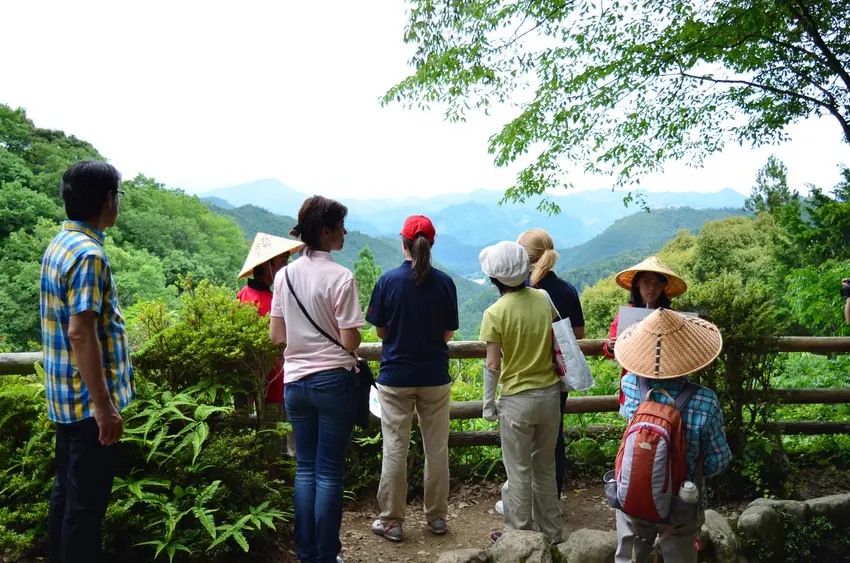
This connection between East and West not only highlights the universal human quest for meaning but also encourages cultural exchange and deeper travel experiences.
More Than a Hike—A Pilgrimage
Whether you identify with a particular religion or not, walking the Kumano Kodo Trail often becomes a reflective experience. The quiet rustle of leaves, the mist hovering over mountain ridges, and the ancient shrines invoke a profound sense of calm and perspective.
Many trekkers choose to stamp their official Kumano Kodo Pilgrim Passport at checkpoints along the trail. It’s a small but meaningful ritual that gives a sense of progress and participation in an age-old tradition. It also makes a unique souvenir to mark your accomplishment.
Local Hospitality: Stay, Soak, and Savor
Each evening along the trail, hikers can stay in ryokans (traditional inns) or minshukus (family-run guesthouses). These accommodations provide not only a warm place to rest, but also a deep dive into local culture.

After a long day on the trail, it’s customary to unwind in a communal onsen bath, which uses natural hot spring water believed to be purifying. Dinner typically includes multiple courses of kaiseki-style meals, with fresh, locally sourced ingredients that reflect the region’s seasonal flavors.
Meet the Trekkers: Stories from the Trail
Travelers from all over the globe come to walk the Kumano Kodo Trail, each bringing their own motivation. For some, it’s a spiritual quest. For others, it’s a way to disconnect and reconnect—with themselves and nature.
Take Maya, a solo traveler from Canada who trekked the trail after a career change. “I needed clarity, and I found it here—on these ancient paths, in the silence, under the towering trees,” she said. “This trail speaks to the soul in a way I never expected.”
These personal narratives are what breathe new life into a trail walked for over a thousand years.
Popular Trails Similar to Kumano Kodo
If you loved the Kumano Kodo, here are other long-distance trails to consider:
- El Camino de Santiago, Spain – A spiritual journey across northern Spain, rich in culture and history.
- Shikoku Pilgrimage, Japan – A 1,200-kilometer loop that visits 88 temples associated with the monk Kukai.
- The Inca Trail, Peru – A historic trek through the Andes to the ancient city of Machu Picchu.
These trails share a common thread—transformative travel that goes beyond sightseeing.
Prefer Two Wheels? Try These Cycling Pilgrimages
Hikers aren’t the only ones drawn to spiritual routes. If you’re a cyclist, consider:
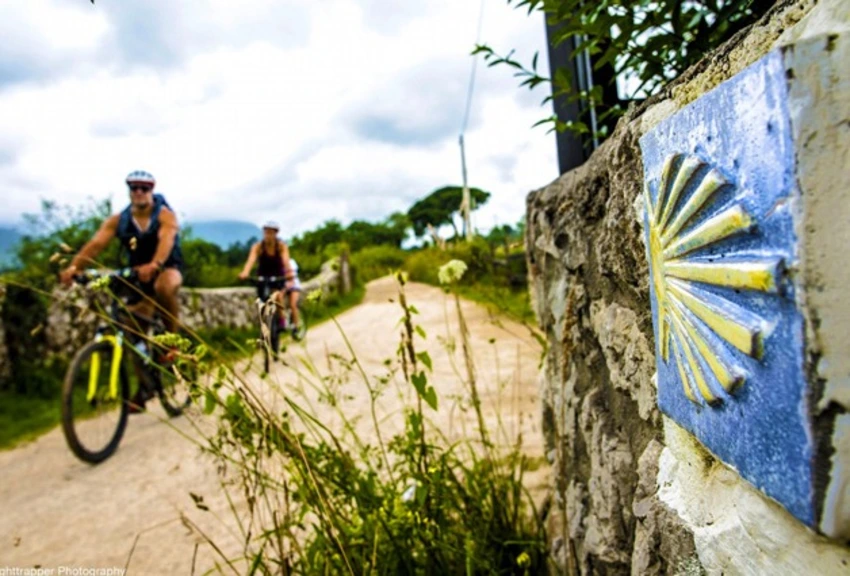
- Shimanami Kaido, Japan – A scenic ride over island-hopping bridges with temples and sea views.
- Via Francigena, Italy – A historic route from Canterbury to Rome, now welcoming pilgrims on bikes.
- EuroVelo 6, Europe – One of the most popular long-distance cycling routes, tracing rivers from France to Romania.
While the Kumano Kodo Trail is best explored on foot, these alternatives offer similar depth for pedal-powered explorers.
Conclusion: A Trail that Transcends Time
The Kumano Kodo Trail is more than a path—it’s a passage through time, tradition, and transformation. Whether you come seeking adventure, peace, or something in between, the trail offers a rare chance to slow down and reflect in a world that rarely pauses.
So lace up your boots, pack your pilgrim passport, and step onto the sacred stone steps of one of Japan’s most cherished spiritual routes. Your journey, like those of pilgrims before you, will be one you’ll never forget.
FAQs
What is the best time to hike the Kumano Kodo Trail?
The ideal seasons for hiking the Kumano Kodo Trail are spring (March to May) and autumn (September to November) when temperatures are mild and scenery is stunning.
Do I need a guide to hike the Kumano Kodo Trail?
While not required, a guide can enrich the experience with historical context and ensure navigation through lesser-known paths of the Kumano Kodo Trail.

This author’s life has been an adventure. He has visited over 30 countries, and lived in four different states. He is a traveler at heart, but he also loves exploring the outdoors on his bicycle or hiking with his canine companion.
